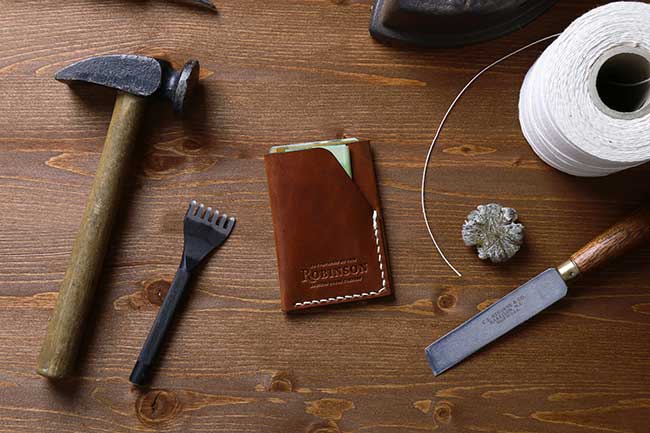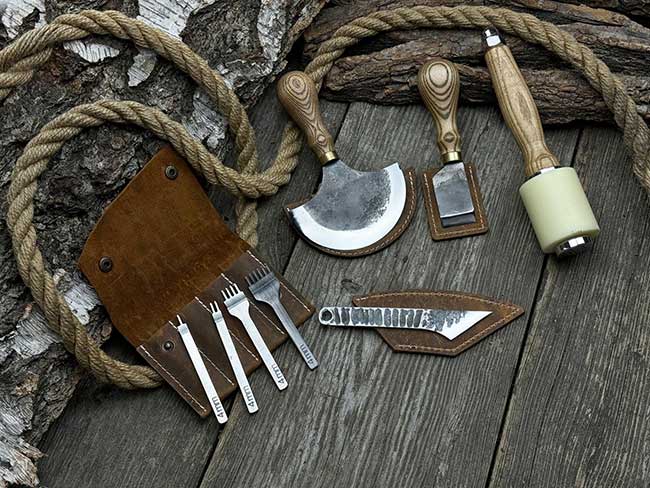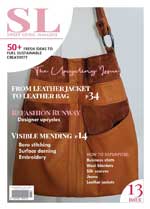
When one starts leather crafting, the quality of the leather crafting kit recommends that they do something mind-blowing.
Breaking Down the Essential Tools in a Leather Working Kit
A leather working tool kit usually contains an array of the necessary tools, each serving its unique function, for crafting good-quality leather projects.
- Cutting Tools: Precision knives, rotary cutters, and their role in shaping leather.
- Punching & Hole-Making Tools: Awls, hole punchers, and chisels for detailing.
- Edge Finishing Tools: Burnishers and bevelers for smooth, professional edges.
- Stitching Essentials: Needles, waxed thread, and stitching groovers for strong seams.
- Stamping & Embossing Tools: Adding decorative elements to personalize your work.
- Dyeing & Finishing Accessories: Give your leather a unique touch.

How to Choose the Right Leather Working Kit for Your Needs
When buying leather working kits, consider your level of training and experience and what sort of projects you will be doing. These beginner-grade kits generally include basic tools that enhance your performance alignment, like needles, threads, and cutting mats, for simple projects. Professional-grade leather craft kits come with much higher-quality tools, from very sharp knives to accurate stamps and robust stitching awls, to work on advanced projects with intricate designs.
Stainless steel and brass are durable and perform very well. Leather should also be of decent grade with very few defects. Buy a leather making kit that lasts; read reviews to ensure the tools were well made and can survive the rigors of frequent use without wearing out.
Pro Tips for Maintaining Your Leather Working Tools
Here are the main tips you should consider:
- Regular cleaning and storage are required to keep your leather working tools in proper condition. The leather tools kit must be wiped with a clean, dry cloth after every use to eliminate leather residue and oils. A thin layer of oil must be used on the tools with wooden handles so that they do not crack. The tools must be kept in an area that is cool, dry, and free from humidity to prevent rusting and other effects of moisture.
- Through the right strokes, frequent honing of sharp cutting tools like punches and knives enhances accuracy. Employ a sharpening stone or a honing rod to keep the blades’ cutting edges for fine, clean cuts. Punches can be cleaned by employing a light pass of a fine file or stone.
- Other metal tools sometimes require a coating with a very light coat of oil (such as mineral oil or machine oil), which protects during periods of inactivity. The oil forms a thin, invisible barrier against moisture. Always store the tools in a dry area, and should rust form, scrub it off gently with steel wool and re-oil it.
Conclusion
A small leather working tool kit intended for leather craft is an excellent way to start practicing and honing your skills. You may experiment with different tools to complete your assignments as you advance. High-quality leather working kits can be found in most specialty craft stores, online retailers, or dedicated leather supply shops. Many have starter leatherworking kits and offer the possibility of gradually accumulating tools thereafter. Don’t forget that practice is the only avenue toward becoming a full-fledged leather worker!
 My Favourites
My Favourites









Speak Your Mind